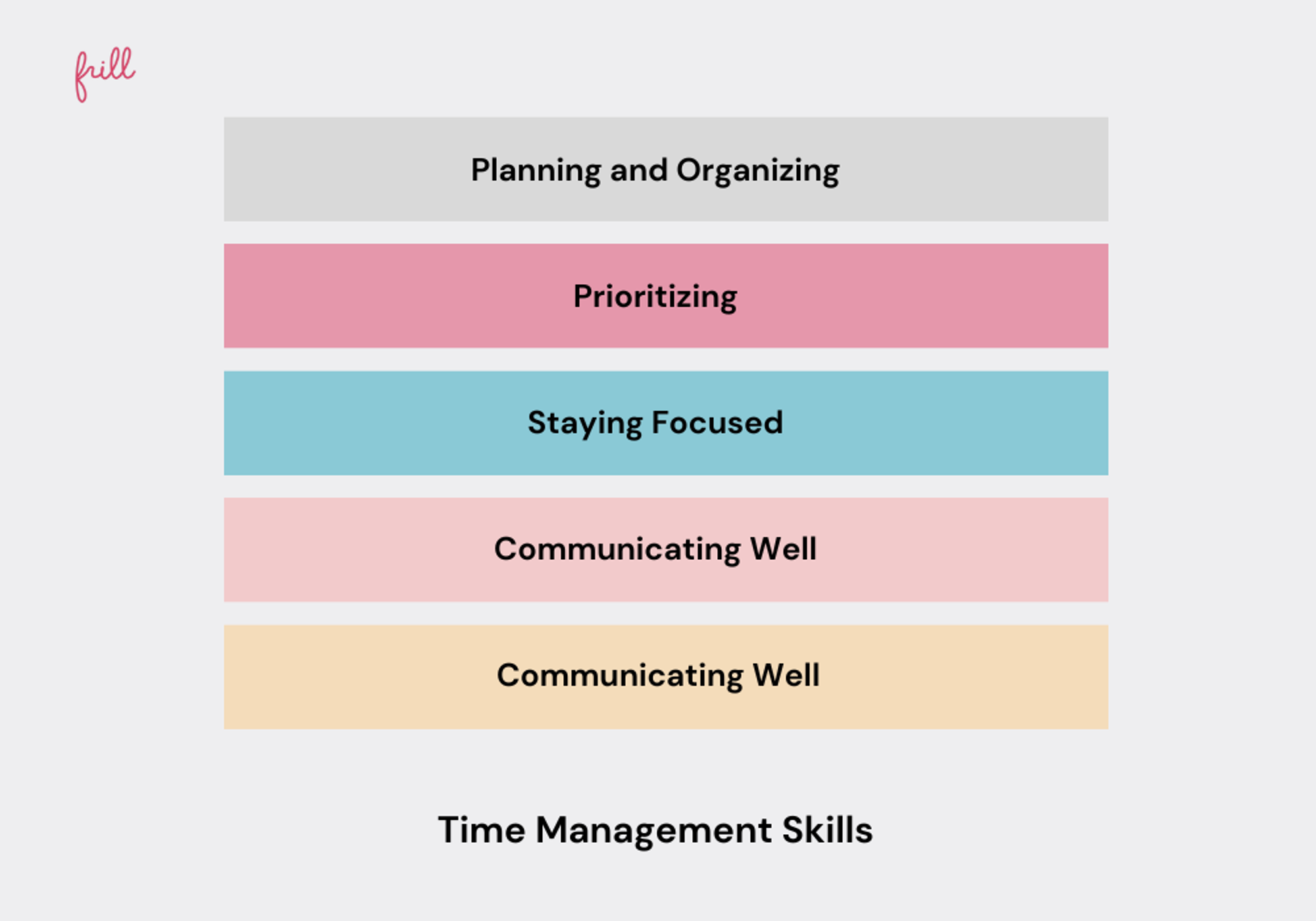Time and Management in Software Development
Last updated on Fri Aug 16 2024
Time they say waits for no man, so true! Especially when waves of bug reports start to pour in and feature requests pop up. In software development, time is a precious resource. As the deadline for new features approaches, you might start to wonder how to make the best use of your time as a software developer.
This article discusses in detail the strategies for managing time and resources in software development. This post will expose you to implementing a three-step approach to prioritizing bugs, balancing technical debt with feature development, and aligning your teams’s efforts with your business objectives.
Whether you're part of a small startup or a large enterprise, what you’ll learn in this post will help you streamline your development process and make the most of your team's time.
Why Time Management Matters in Software Development

How you manage your time can make all the difference between a smooth project and one that’s constantly behind schedule. By managing your time well within modern software development methodologies, you can stay productive while also maintaining a healthy work-life balance a challenge many developers know all too well.
To get a handle on your time, here are a few skills you’ll want to develop:
Planning & Organizing:
Keeping your tasks and projects organized ensures you’re always aware of what’s due and what’s next.
Prioritizing:
Knowing which tasks need your attention first helps you focus on what really matters, whether it’s fixing a critical bug or rolling out a new feature.
Staying Focused:
Maintaining focus, even when distractions are everywhere, helps you work more efficiently and write better code.
Communicating Well:
Good communication with your team helps keep everyone on the same page and prevents misunderstandings.
Delegating Tasks:
Knowing when to hand off tasks to others frees up your time to tackle more complex problems.
Balancing Bugs, Features, and Technical Debt
The constant influx of tasks can quickly overwhelm even the most organized teams, leading to difficult decisions about what to prioritize. One of the first questions you'll find yourself asking is: How should I prioritize all these bug reports?
Understanding the balance between addressing bugs and developing new features is crucial for maintaining both product stability and customer satisfaction. The challenge often lies in managing technical debt while aligning the development process with overarching business goals. By integrating a clear defect management process into your workflow, you can ensure that bugs are tracked, documented, and prioritized effectively.
Additionally, considering the role of technical debt and how it impacts both bug fixes and feature requests is key to making informed decisions that keep your product evolving without sacrificing quality.
Understanding the Defect Management Process
To answer the question of how to best prioritize bugs, it's vital to understand the basic process of defect management. Bug tracking should always be a deeply integrated part of the software development workflow.
At its simplest, the defect management process involves:
Finding bugs
Documenting bugs
Reproducing bugs
Fixing bugs
From here, the question arises: How do I prioritize my bugs?
Bugs vs Feature Requests: The Role of Technical Debt
When pondering how to prioritize bugs, we must also consider a follow-up question: how do we prioritize bugs versus feature requests? To balance bugs, we need to explain the concept of technical debt.
Technical debt is the extra development work that arises when code that is quicker to implement in the short run is chosen over the best overall solution. It arises naturally over time, often as a result of taking shortcuts in software development to save time.
Aligning Goals: Bugs, Feature Requests and Business Objectives
When considering the balancing act between bugs and feature requests, we need to comprehend the overarching business goals. Aligning the developers' goals with the business aims is one of the first steps in correctly prioritizing bugs and feature requests.
For instance, the approach to bugs and feature requests varies based on work success measurements for a software developer. If work success depends on fixing any arising bugs, new feature requests will take longer to be developed. Conversely, if work success is based on developing new features, bugs might not be addressed as quickly.
Prioritizing Bugs: A Three-Step Approach
So, how do we prioritize bugs and find a good balance for implementing new feature requests? Here is a three-step approach:
Step 1: Collect Information
This is the most time-consuming but essential step in the process. Start collecting all your bugs and feature requests in one place. An issue management tool or a simple spreadsheet might help here.
Consider feedback from customers, users, website visitors, and clients. Some key questions to answer while collecting bugs include:
Does a bug affect one of the major flows in your product?
What is the estimated number of users who will encounter this bug? How important are these users to you?
What will the effort to fix the bug be?
Step 2: Assign Values to Each Bug & Feature
One way to evaluate the importance of a bug fix or feature request is by estimating the value of your implementation. A bug causing a dead footer link might not be as critical as a bug affecting the user's payment. Make use of the framework of outcome-driven innovation for a more nuanced analysis.
Step 3: Outcome-Driven Innovation
By using outcome-driven innovation, you can prioritize feature requests and bug fixes by calculating the opportunity for each ticket. This algorithm isn't as complicated as it sounds and considers three parameters: Importance, Satisfaction, and Opportunity for a feature request or bug fix.
Wrapping Up
Resources are limited, especially in smaller organizations. Hence, it's crucial to use those resources in the most efficient way possible. While the steps above won't stop you from working on non-critical bug fixes or feature requests, they give you a clear perspective of what's genuinely important and what's not.